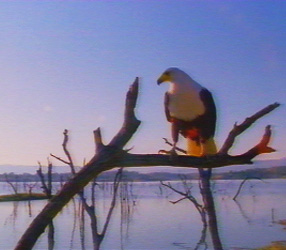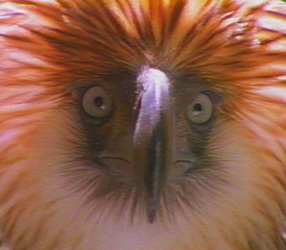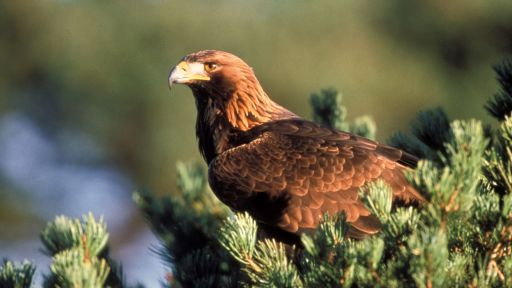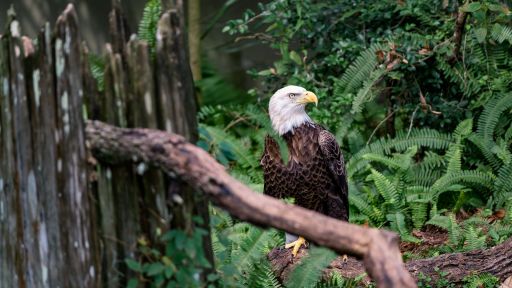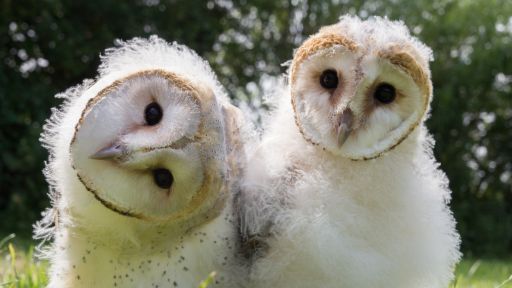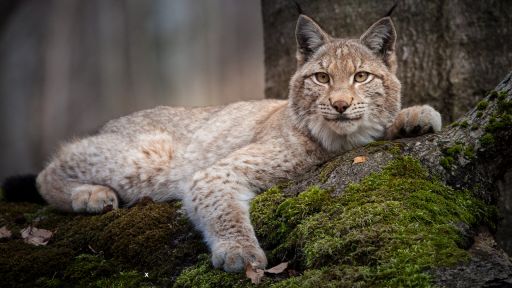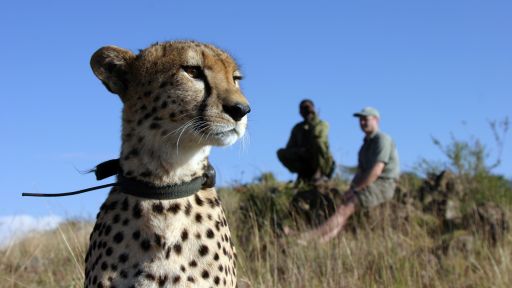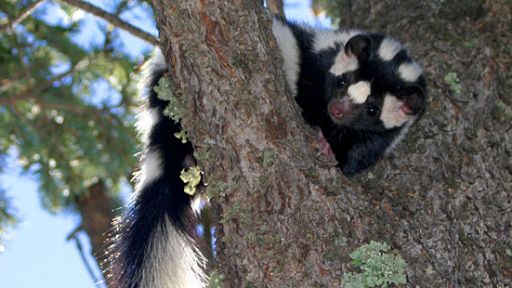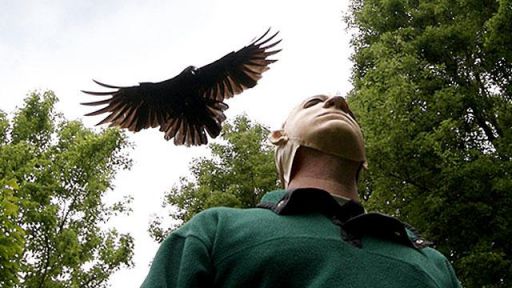What would it feel like to stumble upon an animal that hasn’t been seen for decades and was feared by biologists to be extinct?
Russell Thorstrom knows — he’s done it twice.
On November 3, 1993, the scientist was walking through the dense forests of Madagascar’s northeast coast when he spotted one of the six rarest birds in the world: a Madagascar Serpent Eagle, a species that hadn’t been seen in 60 years.
“It was the experience of a lifetime,” recalls Thorstrom, who works with the Boise, Idaho-based Peregrine Fund, a birds-of-prey restoration group. “It was about 5:30 in the morning, and I was out learning the trails in an area I was assigned to survey. I heard this vocalization I hadn’t heard before, and then I saw this big raptor [bird of prey] fly. Earlier, I had seen a hawk that is very easily confused with the eagle, but I was 98 percent confident that this was a serpent eagle.”
Some of his colleagues, however, weren’t convinced. “They said, ‘Yeah, sure,'” he recalls ruefully. “Then, around 11:30, we ran into it again and got a clear view with binoculars: there was absolutely no doubt.”
The discovery electrified biologists working to save Madagascar’s wildlife. They estimate that the 900 mile-long island, located in the Indian Ocean off Africa’s southeast coast, holds five percent of the world’s living species. More than 150,000 of the nation’s plants and animals — including the serpent eagle — exist nowhere else.
But the nation of 14 million people is also noted for its poverty. In their struggle to survive, the Malagasy have logged and cleared much of their nation’s forests over the last few decades, destroying an essential habitat for the serpent eagle and other species. In fact, when Thorstrom and other biologists returned to the site of his discovery a few weeks later, they found nearby forests being burned by local farmers — and no sign of the eagle. In recent years, however, researchers have located 15 eagles at nine sites. Last year, they discovered the first nest.
“We know a lot more about this bird from watching the nest,” reports Thorstrom. For example, he says, “we’ve learned that they eat lizards, especially a nocturnal species called the leaf gecko, which may be a testament to the acuteness of their vision.”
With the Peregrine Fund’s help, Madagascar officials are now attempting to protect eagle habitats in one of the island’s last major intact forests on the Masoala Peninsula. Last year, they established a new park that protects more than 500 square miles of the peninsula. In addition to helping wildlife, the reserve, developed by an international team using a combination of high-tech satellite images and old-fashioned field surveys, is designed to help the region’s 40,000 human inhabitants by identifying the best areas for farming, logging, and ecotourism. The new park also protects the Madagascar Red Owl, another rare species that Thorstrom rediscovered in 1994, almost 25 years after it was last seen.
The Serpent Eagle isn’t Madagascar’s only endangered eagle: the Peregrine Fund is also working to save the Madagascar Fish Eagle. The eagle “was common just 100 years ago,” says Rick Watson, the Fund’s Project Director for Africa and Madagascar. “Today, however, it is critically endangered. We know of 75 breeding pairs, and guess there might be as many as 120. But when and why it declined is not well understood.”
Threats, he says, include everything from the conversion of the lakes where the eagles fished to rice paddies to the use of pesticides and the hunting of the eagles for food and feathers, which bear religious significance to the islanders.
To help slow the decline, Watson and Malagasy biologists trained by the Fund are working to protect one set of lakes where 10 pairs of eagles breed. In recent years, the lakes have become overrun with migrant fishermen, who directly compete with the eagles for fish. To reduce the competition, conservationists have enlisted the help of local people in protecting the birds and improving public understanding of the eagle’s plight. The approach, called “community-based conservation,” appears to be having some success, Watson says, though many obstacles remain. One good sign? A pair of fish eagles installed in Madagascar’s national zoo for breeding purposes has become one of the facility’s most popular attractions.

